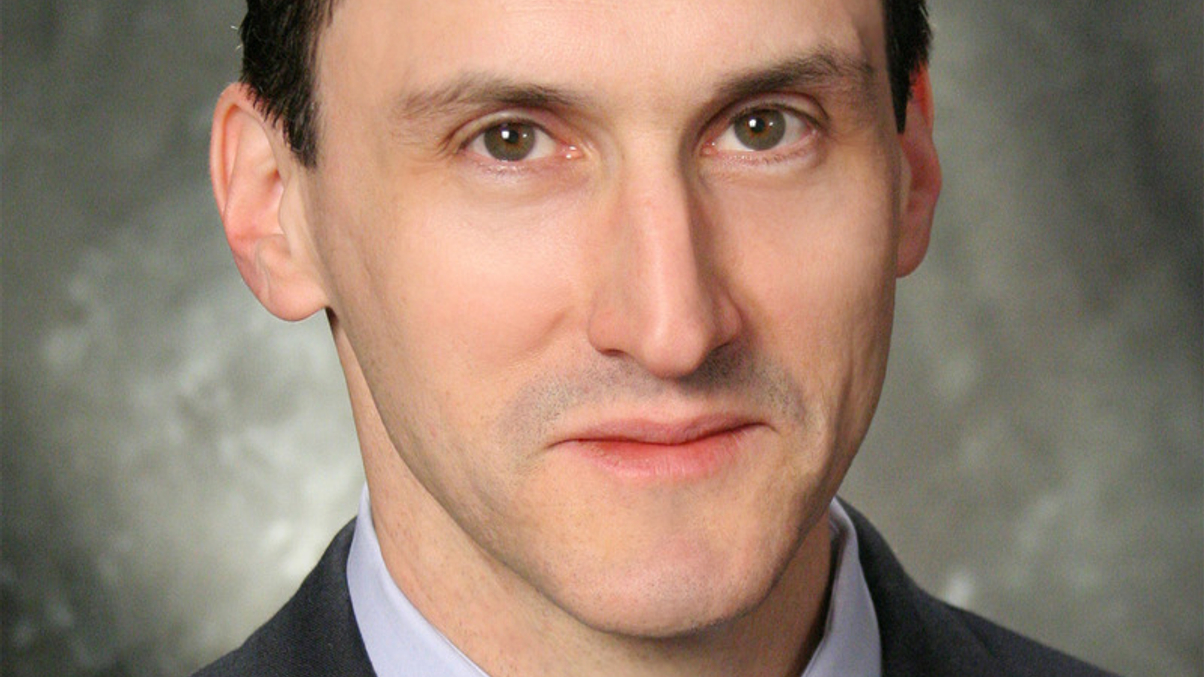partner content
Bonds still solid in today’s tricky markets
Bonds are still a good investment, despite expected US interest rate rises, says Robert Tipp, senior portfolio manager at PGIM Fixed Income.

Bonds remain a competitive asset class, despite expectations for interest rate rises in the US. So argues Robert Tipp, senior portfolio manager of US-based PGIM Fixed Income, a global investment management business of Prudential Financial, Inc.1 and winner of AsianInvestor’s 2016 award for ‘global fixed income, unhedged’.
Sign in to read on!
Registered users get 2 free articles in 30 days.
Subscribers have full unlimited access to AsianInvestor
Not signed up? New users get 2 free articles per month, plus a 7-day unlimited free trial.
¬ Haymarket Media Limited. All rights reserved.


